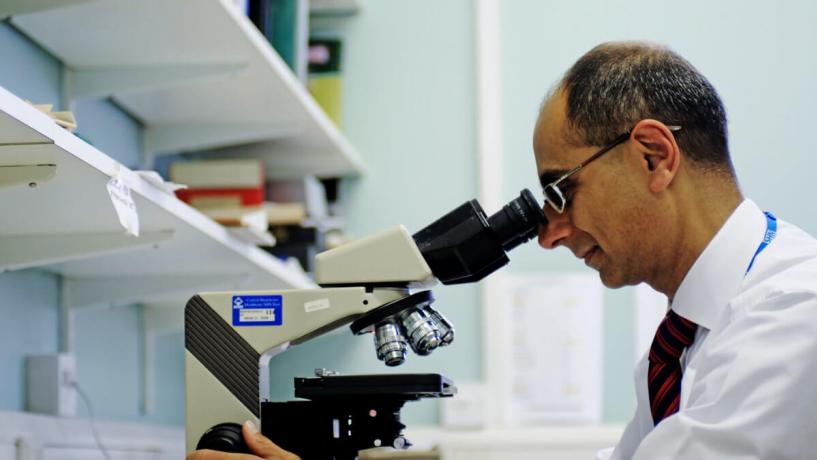
New technology that uses different forms of light is being developed as a way to better improve food safety.
This innovative technology has shown it can both extend the shelf life of food as well as reduce the number of harmful contaminants.
Earlier this week the Institute of Food Technologists (IFT) hosted the Where Science Feeds Innovation: Annual Meeting and Food Expo in Chicago. This event invites food professionals, scientists and food innovators from all around the world to come together and collaborate with each other on all things food.
Food scientists explored the new light-based technologies during a panel discussion on July 13 and used the opportunity to impart the warning that much more research still needs to be done in order to ensure that using the technology will not affect food safety.
The New Technology
The idea behind this science is to use LED lights, pulsing lights and ultraviolet lights to not only improve the longevity of foods but also dispose of harmful bacteria from food products.
"Light-based technologies can assist in breaking down bacterial cells in food products and are effective for surface sterilization," said Assistant Professor Dr. Kathiravan from Illinois Institute of Technology Krishnamurthy.
"But the main issue with light-based technology is the penetration depth. We need to make sure every part of the food product sees the light."
However, Dr. Kathiravan also explained that light-based technologies are extremely powerful and extensive research still needs to be done as “these technologies are still in their infancy."
Non-Chemical Alternative
Researchers from the National University of Singapore have recently conducted a study on the effects LED lights have on foodborne pathogens. According to the researchers, ready-to-eat meats and cut up fruit can be preserved in a chilled environment under blue LED lights, making them an alternative to chemical preservation.
The study found that the optimal conditions in which to use this technology is in a somewhat acidic environment that is set to a temperature between 4 and 15 degrees Celsius.
Scientists exposed Listeria, E. coli and Salmonella bacteria cells to LED light under these conditions, which caused them to begin to die. Assistant Professor Yuk Hyun-Gyun from the National University of Singapore believes the study is a step towards chemical-free food preservation.
“This could mean the increasing demand for natural or minimally-processed foods without relying on chemicals, such as acidulants and artificial preservatives to preserve food products,” he said.
However, like the scientists from the IFT meeting, Assistant Professor Hyun-Gyun agrees that although this technology is already producing results, more research still needs to be done.





